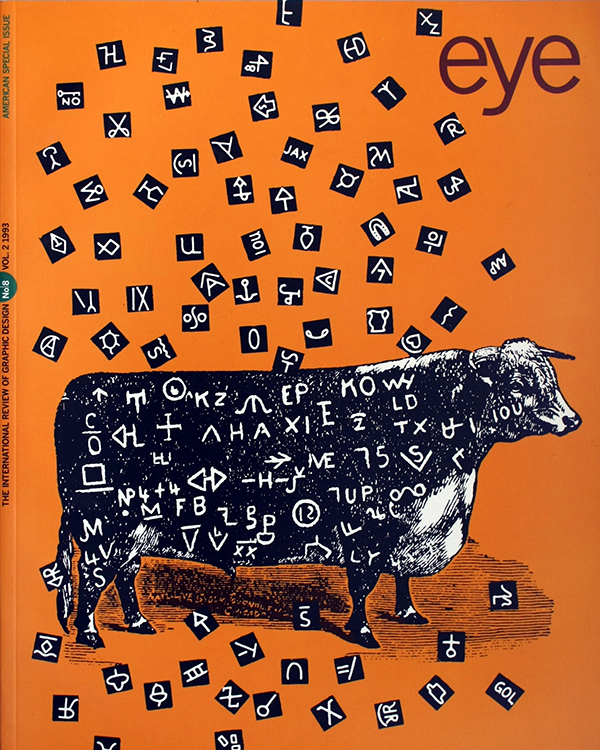Autumn 1992
Total design
In its all too brief life, Alexey Brodovitch’s Portfolio magazine achieved perfection
Portfolio was the brainchild of two friends: George Rosenthal, the scion of a Midwestern publishing company which published the photography monthly, Minicam, and Frank Zachary, a journalist, public relations man and editor of Minicam, who would later become managing editor and art director of Holiday magazine and editor-in-chief of Town and Country, from which he retired in 1991. With meagre funds, the duo founded Portfolio as a review of the fine and applied arts, with an emphasis on graphic design. It was in the same eclectic mould as the French Arts et Métiers Graphiques, published by Charles Peignot, which had folded before the war. Very few serious graphic design magazines were published in the US at that time – the most interesting was Print, which with its emphasis on the culture rather than on the business of graphics was the least like a trade publication. Portfolio intended to extended the boundaries of the cultural realm by examining new trends in design, art and technology, profiling the masters of Modernism (designers, painters, cartoonists and illustrators alike), analysing historical artefacts, and surveying the American vernacular.
Year before starting Portfolio, Zachary had written an article in Minicam on Alexey Brodovitch, the Russian-born art director of Harper’s Bazaar and a former designer for Arts et Métiers Graphiques, and had discovered that Brodovitch was the most gifted magazine art director in the US. He hired him to work on Portfolio for a pittance, with the caveat that he be given a blank slate. Zachary was a smart editor who trusted his own journalistic instincts, and so produced well balanced issues, elegantly written, superbly photographed and brilliantly designed. He knew that the best way to work with his art director was to provide him with strong content and let him get on with it.
Portfolio was the epitome of American Modernism. Neither decorative nor spartan, it was rather an alluring mix of features. The typographic understatement allowed the content of the articles, not the conceit of the format, to dominate. However, for all its diversity, Portfolio was a totality – a masterpiece of cinematic pacing – and its design and content still have integrity. It was progressive, but not aggressively avant-garde, and it had a distinct advantage over other magazines in that it did not contain advertisements because Rosenthal and Zachary were afraid they would detract from Brodovitch’s design. They were right, but without the capital they generated Portfolio could not afford to continue past its third issue, published in 1951.
First published in Eye no. 8 vol. 2, 1993.
Eye is the world’s most beautiful and collectable graphic design journal, published for professional designers, students and anyone interested in critical, informed writing about graphic design and visual culture. It is available from all good design bookshops and online at the Eye shop, where you can buy subscriptions and single issues.

